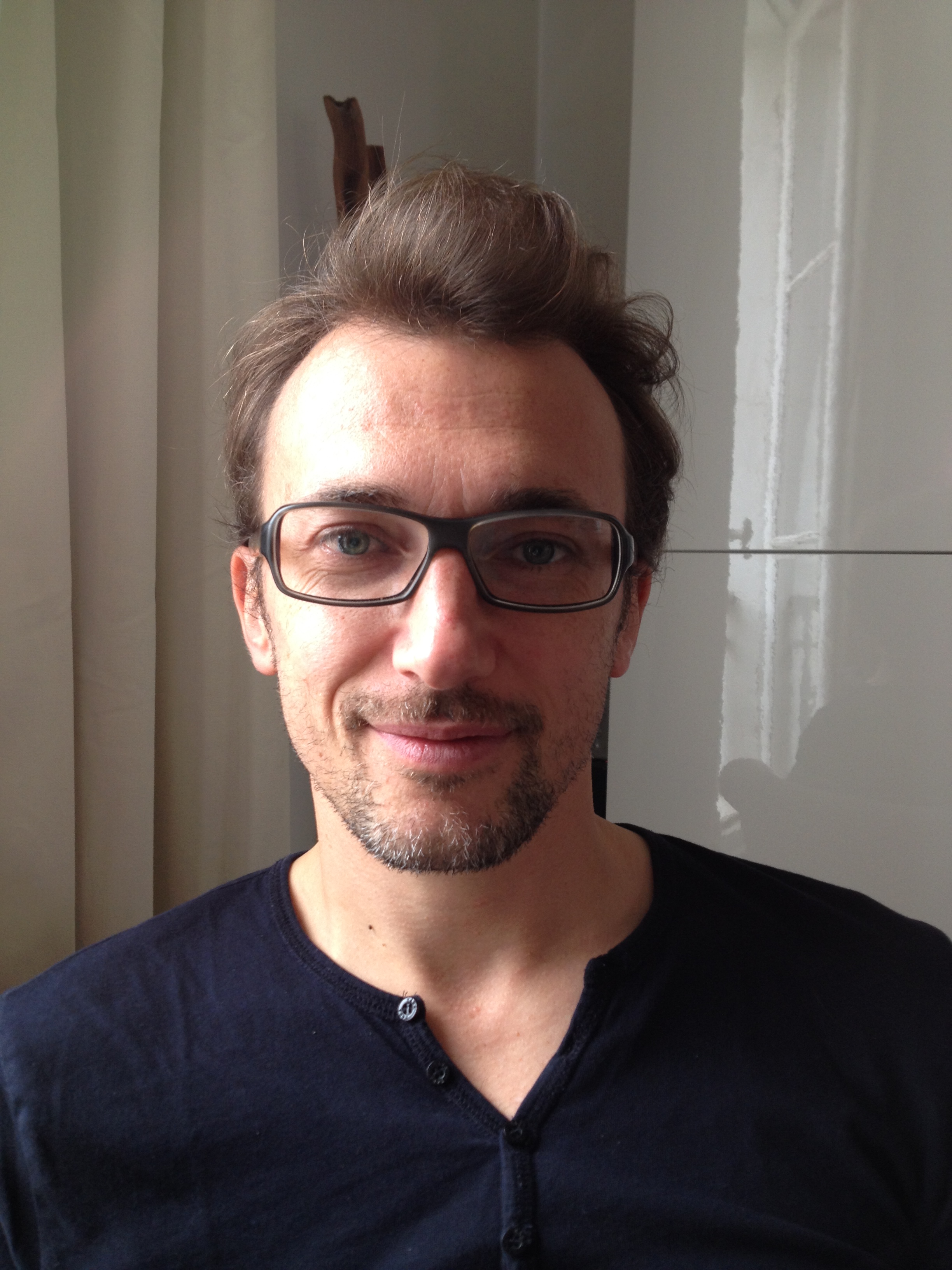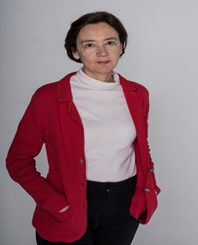EPJ A - New Structure of the Editorial Board and Editor-in-Chief Appointments
- Details
- Published on 19 January 2018

EPJ is pleased to announce significant changes concerning the editorial structure of EPJ A. Following the continuous growth and broadening of the journal’s scope over the past few years, the theory section has now been divided into Theory I (Nuclear Physics) and Theory II (Hadron Physics and Quark Matter). Theory I is headed by Prof. Thomas Duguet, who has been newly appointed for this position, while Theory II continues to be headed by Prof. Tamás Biró. Further, and with immediate effect, Prof. Maria Jose Garcia Borge has been appointed Editor-in-Chief for the Experimental Physics section of the journal.

Thomas Duguet leads a research group at the Commissariat à l'Energie Atomique et aux Energies alternatives (CEA) and is a Professor at the KU Leuven, as well as an adjunct Professor at Michigan State University.

Maria J. G. Borge is a research professor and head of the department of Spectroscopy at the Institute for the Structure of Matter, CSIC (Spanish National Research Council). She is a member of the IUPAP working group C12, former chair of the Editorial Board of Nuclear Physics News, and former ISOLDE-CERN leader and spokesperson.
In this position, Maria Jose Garcia Borge succeeds Prof. Nicolas Alamanos, who will remain with the journal as managing editor (reviews, experiment), together with Ulf-G. Meissner (reviews, theory).
In addition to reviews, regular research papers and letters, the journal expressly encourages the submission of “New Tools and Techniques” papers: https://epja.epj.org/epja-aims-and-scope.
New Tools and Techniques are articles presenting original and new developments in particle detectors, readout electronics, computational methods, theoretical frameworks or analysis tools. An important subgroup consists of articles detailing specific aspects of importance to understanding and assessing either the formalism outlined in a theoretical or computational paper, or the analytical tools that lead to the physics results presented in experimental collaboration papers. A direct relevance to physics topics within the “Aims and Scopes” must be demonstrated. Technical details (including but not limited to construction drawings, electronic circuit diagrams or computer codes) may be added as electronic-only supplementary material.





